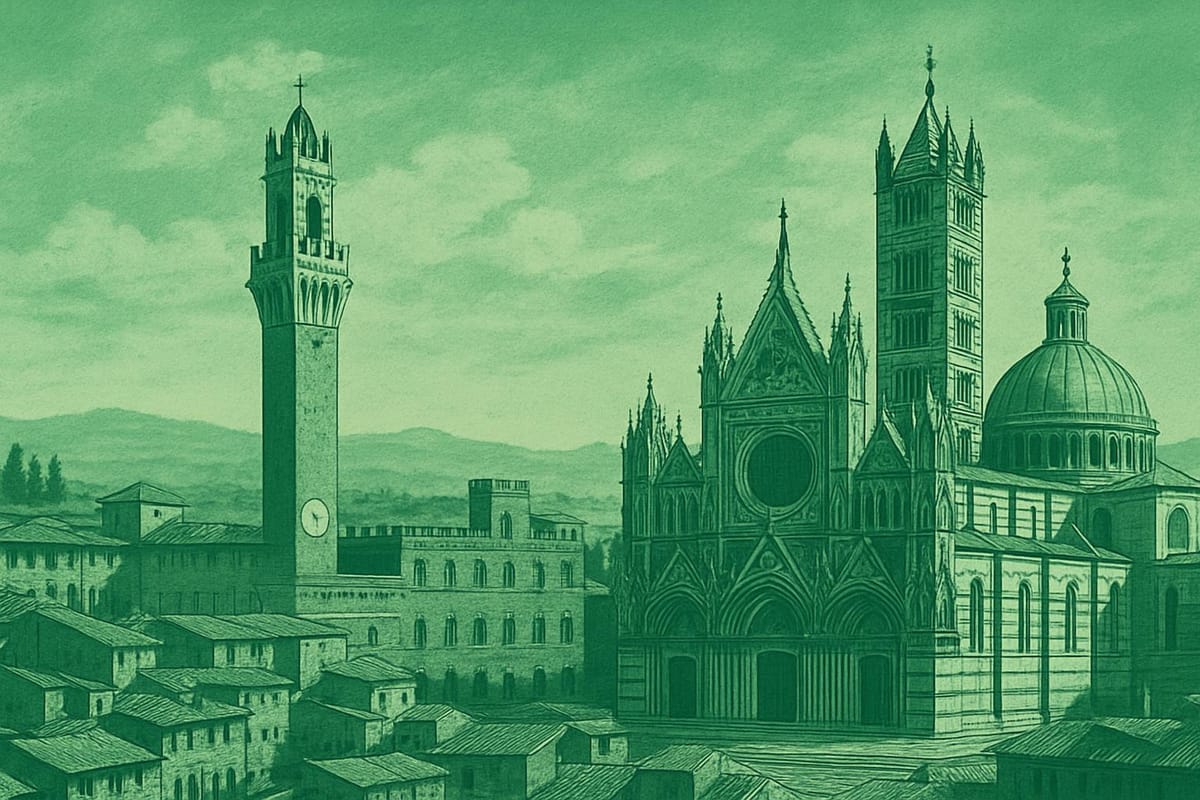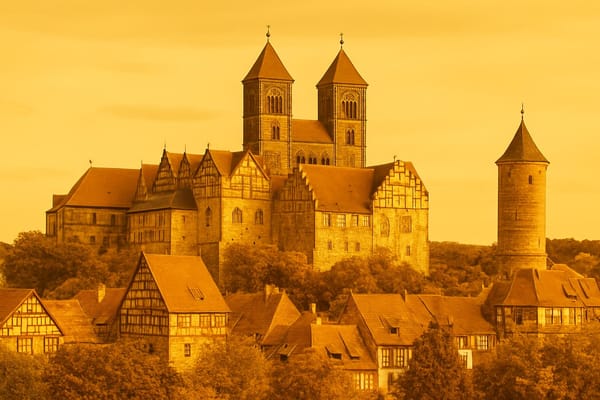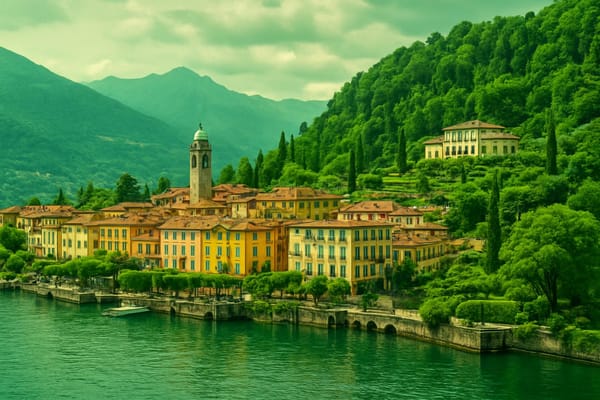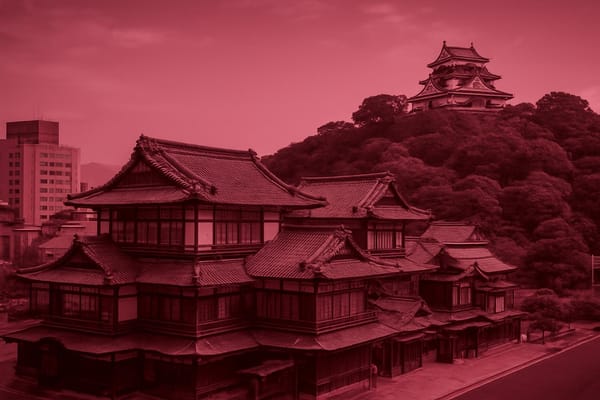Siena
Medieval charm: Piazza del Campo, Duomo art, Palio thrills, local wine & hilltop views.

Important things to know about Siena
Siena is a captivating Tuscan city in central Italy where the past and present coexist in a living urban fabric, offering a rich tapestry of history, everyday life and local identity; winding streets and compact neighborhoods encourage a slower pace, with residents who value tradition, seasonal markets, artisanal shops and neighborhood gatherings that shape a strong sense of community, while students, craftspeople and small businesses contribute to a lively cultural rhythm. The city’s built environment-characterized by warm brick and stone, layered facades and intimate courtyards-creates a distinct atmosphere in which light and shadow animate narrow lanes and terraced views toward the surrounding countryside, connecting urban life with the agricultural landscape of Tuscany. Gastronomy and convivial dining play an essential role in daily routines, with local flavors, olive oil, simple wines and market-fresh produce underpinning social rituals and culinary identity; food is not just nourishment but a cultural expression that ties families and neighbors across generations. Creative practices, from traditional crafts to contemporary art and study, intersect with public life, shaping festivals, concerts and neighborhood events that reflect both civic pride and evolving tastes. Siena’s economy blends tourism-ecosystem influences with education, agriculture and small-scale manufacturing, sustaining a balance between preservation and innovation. Throughout the seasons, the city’s changing light, seasonal colors and atmospheric winters or sunlit summers reveal different facets of its character, making Siena not only a destination to see but a place to experience, live and understand the pulse of Italian regional tradition and urban continuity.
Sightseeing hot-spots in Siena
Siena is a jewel of Tuscany, its compact medieval core a delight for anyone planning sightseeing in Siena. The heart of the city is the shell-shaped Piazza del Campo, famous for the world-renowned Palio di Siena, the thrilling horse race that electrifies the square twice a year. From the Piazza you can admire the soaring Torre del Mangia whose panoramic terrace rewards visitors with sweeping views over terracotta roofs and the rolling Tuscan hills. Strolling these cobbled streets feels like stepping back in time through layers of UNESCO-listed history, where every palazzo and piazza tells a story of civic pride and ancient rivalries.
No visit to Siena is complete without exploring the Duomo di Siena, the cathedral whose dramatic façade and intricate interior showcase the city's artistic riches. Inside the Siena Cathedral the inlaid marble floors form astonishing mosaics and scenes carved by medieval masters, while the Piccolomini Library dazzles with luminous frescoes and ornate decoration. Nearby, the Museo dell'Opera preserves sculptures and reliquaries removed from the cathedral, and visitors can trace works by Donatello, Pisano and other Renaissance luminaries, making the area a concentrated hub of art and faith.
Beyond the main monuments, the city rewards slow, immersive wandering, with hidden courtyards, artisan shops, and food markets where Tuscan flavors come alive. The Pinacoteca Nazionale offers a deep dive into Sienese painting, and the former hospital of Santa Maria della Scala now hosts dynamic exhibitions and archaeological displays. Whether you are compiling a list of things to see in Siena or simply savoring a gelato while watching everyday life unfold, the compact layout and layered history make Siena an essential stop for Tuscany travel and anyone who loves medieval architecture and vibrant local culture.
Hotels to enjoy in Siena
Siena, Italy, offers a range of hotels in Siena that blend medieval charm with modern comforts, making it an ideal destination for travelers seeking authentic Tuscan experiences. From elegant Siena hotels housed in restored palazzos to cozy bed and breakfast options tucked in narrow streets, visitors can wake up to the scent of espresso and freshly baked pastries before exploring the historic center. Many properties are just steps away from the iconic Piazza del Campo, where the famous Palio di Siena horse race draws crowds twice a year, so booking early is recommended during festival season. Quality accommodation in Siena often includes rooftop terraces with panoramic views, locally sourced breakfasts, and concierge tips for the best trattorias and wine bars, allowing guests to make the most of their stay in the heart of Tuscany.
Choosing the right hotel depends on priorities: travelers looking for intimate design and personalized service may prefer boutique establishments, while those seeking extra space and amenities can opt for luxury hotels or family-run inns with generous rooms and on-site parking. Budget-conscious visitors will also find comfortable, well-located options that do not sacrifice proximity to landmarks like the Duomo or the Museo Civico. Regardless of cost, the common thread among Siena accommodations is warm hospitality and a connection to local culture - staff often provide maps, insider tips for wine tastings in the surrounding countryside, and recommendations for evening strolls through lantern-lit alleys, ensuring a memorable stay.
Restaurants to try in Siena
Siena is a culinary jewel in the heart of Tuscany, where restaurants in Siena mix centuries-old tradition with contemporary flair. Strolling from the Piazza del Campo into narrow medieval streets, you'll find osterie, trattorie, and modern bistros offering the best of Tuscan cuisine: handmade pici tossed with garlic and pecorino, hearty ribollita, and succulent cuts like the iconic bistecca prepared over wood coals. Many Siena restaurants emphasize seasonal, farm-to-table ingredients sourced from the surrounding hills-olive oil, wild herbs, and artisanal pecorino-while friendly sommeliers guide visitors through local vineyards, showcasing Chianti and lesser-known Sienese wines in cozy enoteca settings. The atmosphere blends rustic warmth with refined hospitality, making every meal a chance to taste the terroir and history of the region.
Dining in Siena is as much about place as plate: candlelit rooms with frescoed walls, sun-drenched terraces overlooking terracotta rooftops, and welcoming chefs who celebrate regional recipes passed down through generations. Desserts and sweets hold their own, with panforte and almond confections rounding out meals paired with sweet vinsanto or robust red. Whether you’re searching for intimate fine dining, a lively local trattoria, or a wine-focused bar to sample Tuscan wine, Siena’s restaurants cater to food lovers seeking authentic flavors and memorable experiences. Discovering the best of Siena’s food scene reveals not just great meals, but a cultural tapestry where tradition, quality, and local pride are always on the menu.
Best shopping stops in Siena
Siena is a treasure trove for shopping lovers visiting Italy, where winding medieval streets open onto a mix of elegant boutiques and time-honored workshops. Strolling along Via di Città and Via Banchi di Sopra you’ll find leather ateliers offering handcrafted leather bags and belts, delicate ceramics painted with Siena’s warm terracotta hues, and antique shops filled with Tuscan curios. The atmosphere around Piazza del Campo makes window-shopping a pleasure: stalls and small stores display colorful Contrade banners and authentic Palio memorabilia, perfect for unique souvenirs. Boutique fashion houses sit beside family-run stores selling artisanal homewares, so whether you’re hunting for high-fashion pieces or rustic ceramics, Siena shopping delivers an authentic taste of Tuscan craftsmanship.
Food and wine add another delicious layer to the city’s retail appeal, with enotecas and delicatessens showcasing regionally produced olive oil, aged pecorino, and pastries like Panforte and ricciarelli. Local markets and specialty shops let you sample fine wine from neighboring Chianti and Montalcino, while knowledgeable shopkeepers will guide you to the best bottles to bring home. For those seeking genuine artisan goods, look for small workshops with master craftsmen at work, and prioritize stores that emphasize provenance and traditional techniques. With a blend of historic charm and high-quality local products, shopping in Siena offers both memorable experiences and authentic Tuscan treasures that satisfy collectors, foodies, and style seekers alike.
Nightlife highlights in Siena
Siena evenings unfold like a movie set in the heart of Tuscany: the Piazza del Campo glows under warm streetlights while locals and visitors mingle over Tuscan wine and small plates, introducing many to the rich world of Siena nightlife. Strolling through the historic center, you’ll find intimate wine bars and cocktail spots where the aperitivo culture takes center stage - perfect for tasting local Chianti and regional bites before dinner. Cafés and gelaterias stay lively well into the evening, and the narrow, winding streets reveal cozy tavernas and terraces that make a Siena evening feel both romantic and authentically Italian.
As night deepens, the city shifts toward diverse entertainment: from quiet rooftop views and late-night wine tasting to bars that host live music and DJ sets, offering a variety of moods for every visitor. Students and longtime residents bring energy to small clubs and music venues, while cultural events and seasonal festivals keep the calendar full. For visitors seeking a memorable night, mix a sunset aperitivo in the square with a later stop at a rooftop terrace or a tucked-away jazz bar to experience the best of Siena nightlife, blending history, music, and Tuscan flavor.
Getting around in Siena
Siena's airport and train situation reflects its charming but slightly remote location in Tuscany: there is no major airport in the city itself, so most travelers fly into Florence Airport (Peretola), Pisa Airport (Galileo Galilei) or the Rome airports and then use a combination of airport transfers, shuttle buses and trains to reach Siena; regional bus services provide regular links from Florence and Pisa airports while the Siena train station sits on a regional network offering connections to Empoli and Chiusi where you can catch high-speed trains to Rome, Florence and beyond, making train to Siena feasible for those transferring to the national rail grid. For practical travel planning, visitors often combine a flight into a nearby hub with a direct coach or a short regional rail ride followed by a convenient taxi or shuttle from the station, and many tour operators advertise dedicated airport-to-Siena transfers to streamline arrival. Whether you’re searching for the best flight to Siena options or looking up the next train to Siena, advance booking and checking current timetables will help you optimize connections and minimize waiting times when traveling to this historic Tuscan city.
Culture must-see's in Siena
Siena, Italy, seduces visitors with a compact tapestry of medieval streets and civic pride that reads like a living museum. The heart of the city is the shell-shaped Piazza del Campo, where the famous Palio di Siena-a fierce, centuries-old horse race between the city’s contrade-still arrests the Italian cultural calendar and draws global attention. Surrounding the piazza are Gothic palazzi, elegant cafés, and focal points of Tuscanyan identity, all framed by the warmth of terracotta rooftops. Art lovers find the Duomo di Siena irresistible: its striped marble façade, richly decorated interior, and the Piccolomini Library frescoes showcase Sienese masters such as Duccio and Ambrogio Lorenzetti, while museums like the Museo dell'Opera del Duomo and the Museo Civico protect frescoes, sculptures, and civic artifacts that tell the story of Siena’s artistic and political life.
Beyond the visual spectacle, the cultural highlights of Siena extend to its culinary and communal traditions that reinforce the city's heritage. Narrow lanes lead to trattorie where pici pasta, hearty soups, and local Chianti pairings celebrate Tuscan flavors passed through generations. Institutions such as Santa Maria della Scala-once a major hospital and now a major museum complex-reveal social history and art in immersive exhibitions, and the historic centre’s designation as a UNESCO World Heritage site underlines its outstanding universal value. Whether strolling past frescoed chapels, timing a visit for a contrada procession, or sampling regional specialties, Siena offers an authentic, layered cultural experience that embodies the best of medieval Italy and contemporary Tuscan life.
History of Siena
Siena's history stretches back to Etruscan and Roman times, but its true flowering came in the Medieval era when the city-state of Siena emerged as a powerful and cultured center in Tuscany. By the 12th and 13th centuries Siena had developed a distinctive urban identity, with wealthy merchants and banking families financing the construction of the Duomo (Siena Cathedral) and the shell-shaped Piazza del Campo, which remains one of Europe's most striking medieval squares. The city's layout and Gothic architecture reflected a desire to project civic pride and religious devotion, while innovative institutions such as the Sienese banking tradition-embodied later by the longstanding Monte dei Paschi di Siena-helped cement the city's economic role in medieval Italy. Artistic schools in Siena produced masters who contributed to the visual language of the period, and these artistic achievements are key to understanding the broader history of Siena as both a political entity and a cultural beacon.
The narrative of Siena also includes intense rivalry, resilience, and transformation: competition with nearby Florence, military campaigns, and the devastating impact of the Black Death in 1348 reshaped its demographic and political destiny. Despite the decline of the independent Sienese Republic, local traditions endured-most famously the Palio di Siena, a thrilling horse race that continues to bind modern residents to centuries of civic identity. After absorption into larger Tuscan and then Italian political structures, Siena preserved an extraordinary historic fabric, recognized today as a UNESCO World Heritage site for its authenticity and continuity. Contemporary visitors encounter a living city where medieval streets, museums, and festivals keep the history of Siena alive, making it both a scholarly subject and a top travel destination in Tuscany for those seeking art, history, and authentic cultural experiences.



